Palm oil mill process and palm kernel crushing process description
Fresh fruit bunches (FFB) from the plantations are offloaded daily at the factory's offloading bay. This ramp can contain up to 600 tonnes of FFB. Before offloading, the fruit is weighed at the electronic weighbridge at the entrance gate.
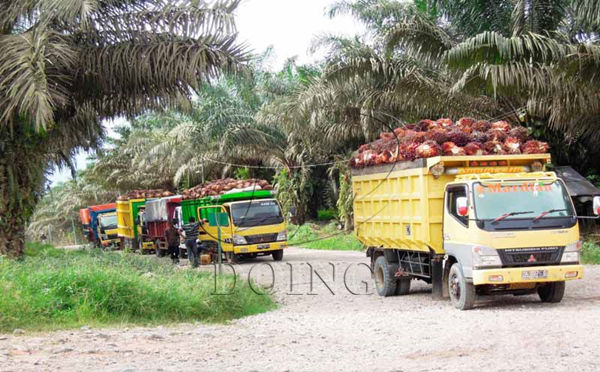
Palm Oil Mill Plant :
From the offloading bay, the FFB fall into cages on a rail system. These cages are pulled into a horizontal steriliser, where during a 90 minutes steaming process, the fruits are sterilised to prevent further acidification of the oil.
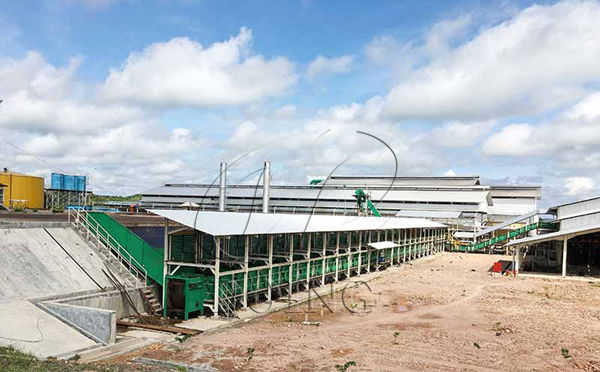
Palm fruit reception station
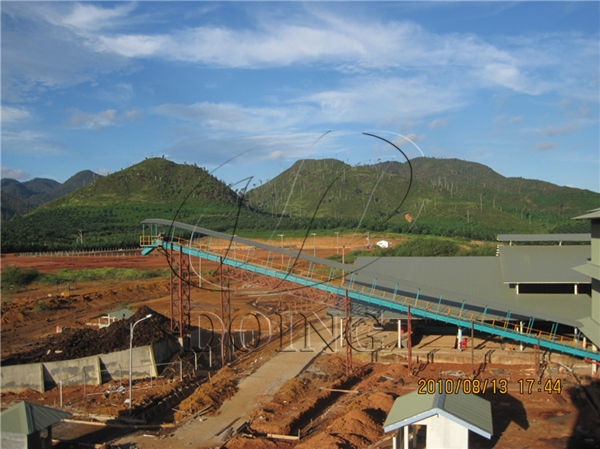
Empty palm fruit bunches recovery station
When the oil leaves the screw palm oil press machine it contains water, sand and impurities. During a process of static de-sanding and decanting, most of the impurities in the oil are removed in a centrifugal oil purifier. The last traces of oil in the effluent are recovered in a centrifugal sludge separator.
Now the crude palm oil (CPO) is ready for storage and further processing in the palm oil refinery and fractionation plant. There it is processed into refined bleached deodorised oil (RBDO) and palm fatty acid distillate (PFAD). RBDO is then fractionated into palm olein and stearin.
Palm Kernel Crushing Plant:
The cake, which was separated in the palm oil mill plant, goes through a column where air separates fibres and nuts. The fibres are conveyed to the steam boiler as fuel, the nuts go to a nut breaker for cracking. Here the shell is separated from the kernel. Cracked shells and palm kernels are further separated in a clay bath. The shells also go to the steam boiler as fuel. The palm kernels pass through drying silos and into the palm kernel crushing plant.
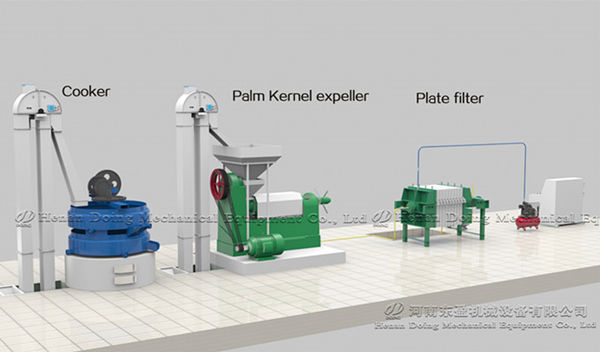
Small scale palm kernel crushing plant
The cake remaining after the palm kernel pressing machine, is also used in the plantation.
Refinery and Fractionation process: a brief description
Crude palm oil, after extraction from the bunch, looks at room temperature (e.g. 25°C) like a pasty and strongly red-coloured material. This product is traditionally consumed as such in African countries. However, some consumers and industries require a more finished product.
It is therefore, necessary to find a process to:
Remove free fatty acids
Remove odour
Remove colour
Obtain a more free-flowing material at room temperature
Obtain hard fats used as bakery fats
To obtain a free flowing material, a fractionation process, which allows the separation of the liquid phase from the solid phase is used.
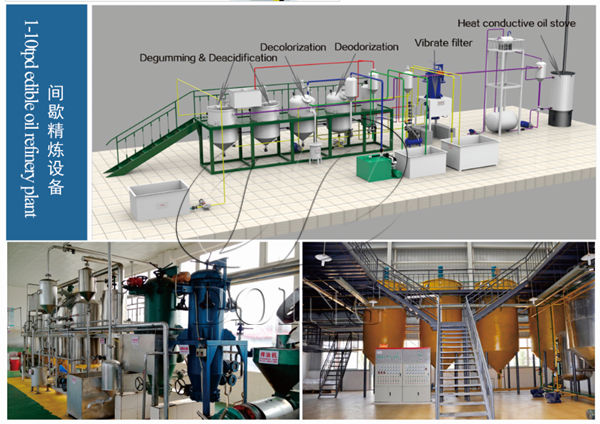
Batch type palm oil refinery plant
Palm oil refining prefer physical refining rather than chemical refining.
The palm oil refinery plant consists of three main sections: dry degumming, bleaching and distillation / deodorization. The plant uses a continuous process.
Dry degumming:
In the dry degumming, the crude palm oil is mixed with food grade acid (normally phosphoric acid) in a static mixer followed by a retention vessel. After the retention vessel, the oil and precipitated materials are fed directly to the bleaching section.
Bleaching:
Degummed oil mixed with earth proportioned by an automatic feeding system is heated to processing temperature before entering the vacuum bleacher where it is dried and de-aerated.
During continuous agitation, the bleaching earth absorbs the main particles of colour bodies as well as metal contamination and oxidising materials in the oil. After the bleacher, the oil / earth mixture is passed through filters where the spent earth is removed together with the precipitated materials from degumming. The oil then passes through polishing filters before entering the distillation / deodorisation section via a de-aerator / balance tank.
Distillation / Deodorization:
The bleached oil is first de-aerated. Next, the oil is heated by deodorised oil (RBDO) leaving the deodoriser in an economiser. After the economiser, the oil is taken through a thermal heat exchanger in order to attain the required process temperature before entering the deodorizer.
In the deodoriser the main body of free fatty acids and other volatile odour and taste substances are removed from the oil. The free fatty acids are reduced to absolute minimum and certain flavour and odorous compounds, which require a longer retention time, are finally removed or inactivated.
The vapours from the deodoriser are gathered in a central manifold leading to the scrubber, where they are passed through a layer of packing cooled by circulating acid oil. Here the fatty acids and other fatty volatiles are condensed and accumulated in the bottom of the fatty acid receiver tank. The level in the fatty acid receiver tank is maintained by constantly discharging a controlled amount of cooled recycled fatty acids.
The oil leaving the deodoriser is cooled to storage temperature and then passed through one of two alternately working polishing filters.
This arrangement was adopted in view of simplicity of operation and maintenance and is better adapted to local conditions.
The product obtained is refined bleached and deodorised oil (RBDO).

Palm oil fractionation plant
The Fractionation Process
The process of fractionation consists of the separation of the liquid part (olein) from the solid part (stearin). In principle the process is very simple, involving:Keeping the fat at a controlled temperature to allow crystallisation
Separation of the formed crystals
Presco adopted the dry fractionation process operating batch-wise, as opposed to centrifugal separation with the aid of detergents or solvent fractionation. With this process oil is kept at a controlled temperature in large tanks with slow stirrers. Crystals form and build into aggregates of several millimetres in diameter. The slurry is pumped through a membrane filter press for separation of the olein and stearin fractions.
The stearin cake obtained from the membrane filter press is melted in the stearin-melting tank below the press, which also acts as a stearin intermediate tank, prior to storage or packaging.
Leave A Message
If you want to know more information about Palm oil mill process and palm kernel crushing process description. pls kindly leave your phone number, We will back to you ASAP once we got your message.
-
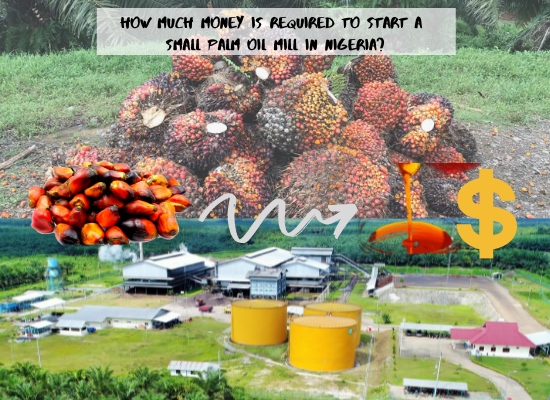
How much it will cost to set up a small scale palm oil mill in Nigeria?
-
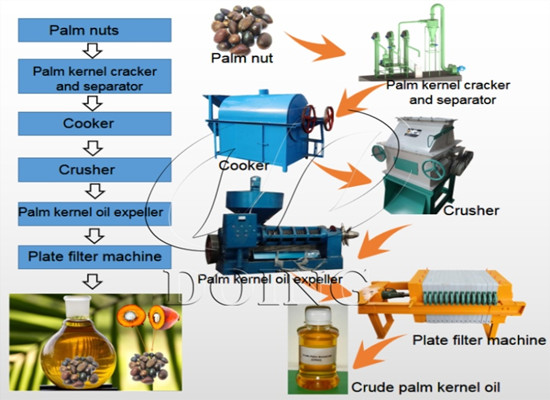
-
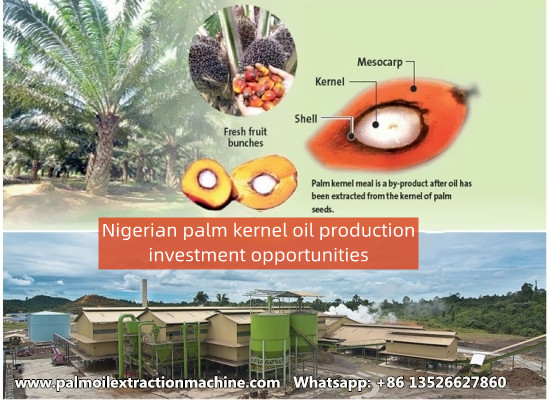
6 Reasons Why Palm Kernel Oil Production in Nigeria is a Smart Investment
-
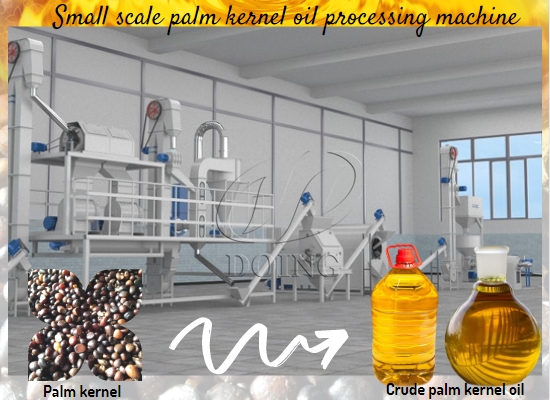
How can I get palm kernel oil in a palm kernel oil processing plant?
-
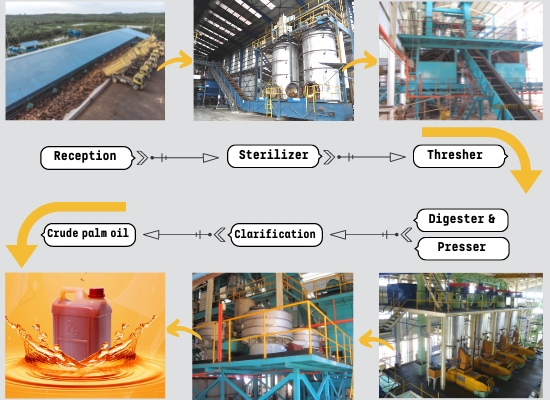
-
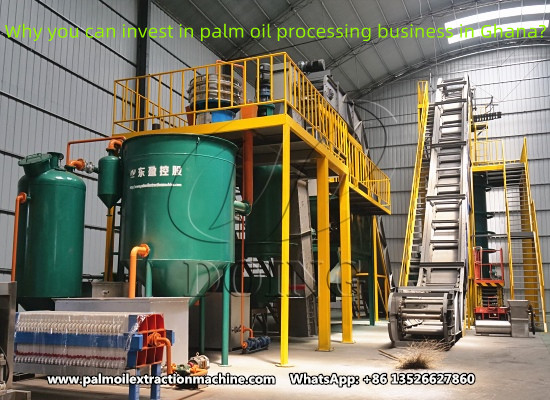
Why you can invest in palm oil processing business in Ghana?
-
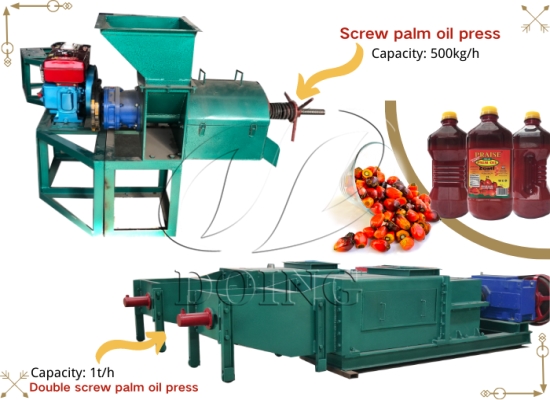
What are reasons that affect the oil yield of palm oil press?
-
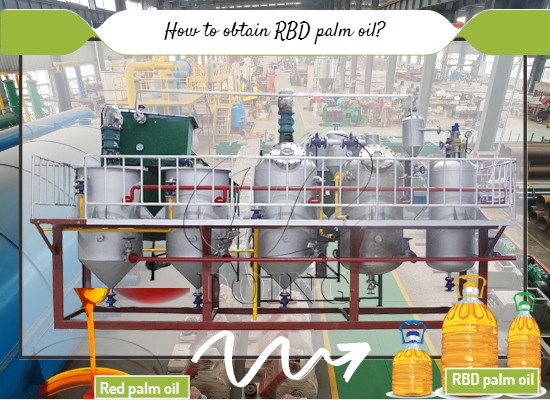
How much does it cost to setup a mini palm oil refining plant?
-
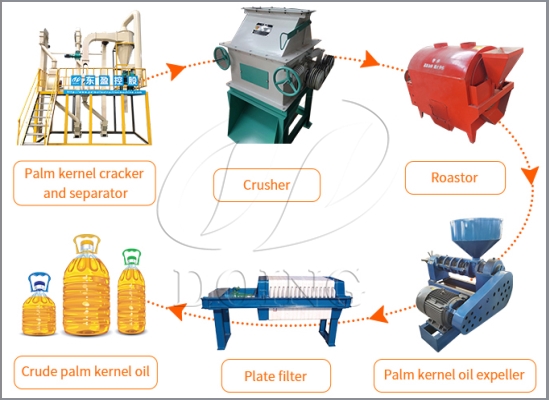
How do I start a palm kernel oil processing plant in Liberia?
-
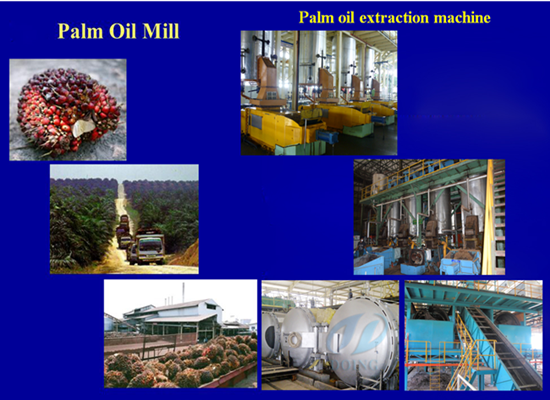
Would it be a profitable business idea to open a palm oil extraction plant in India right now?
-
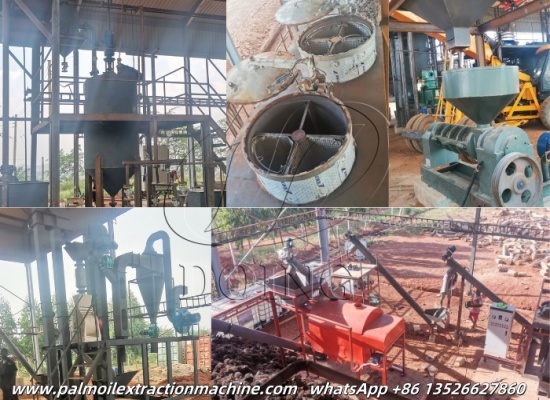
-
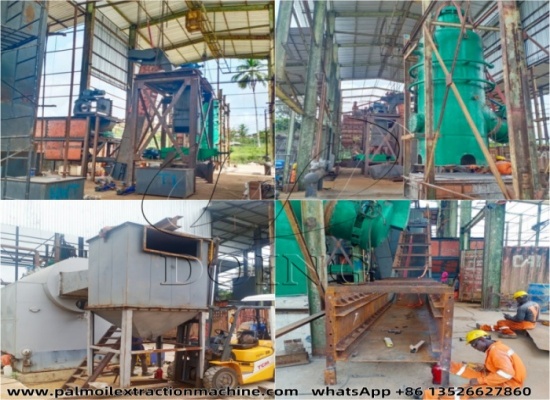
-
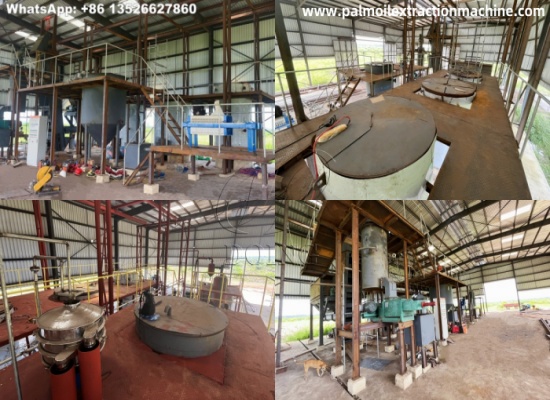
1tph palm oil pressing machines successfully installed in Lagos, Nigeria
-
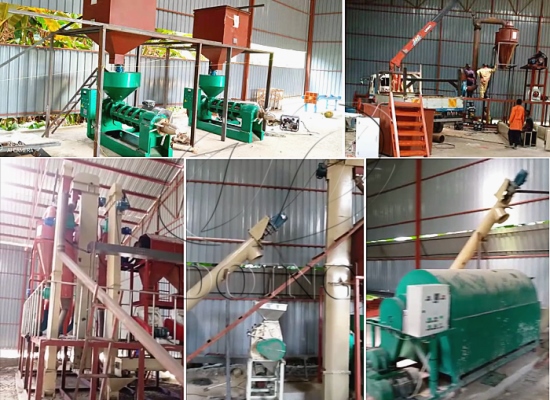
-
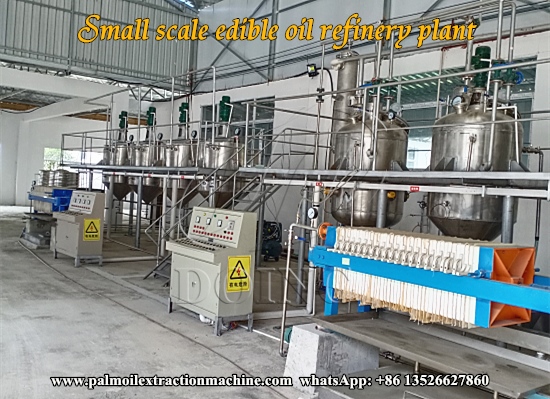
-
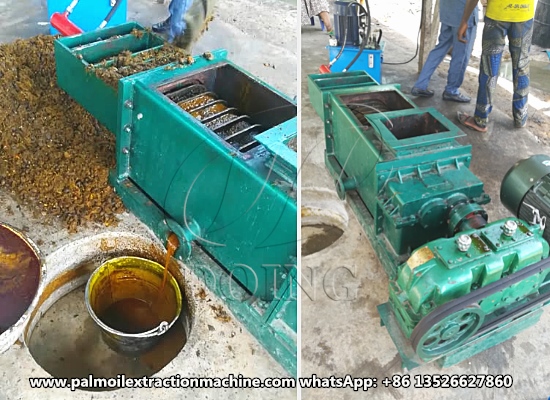
-
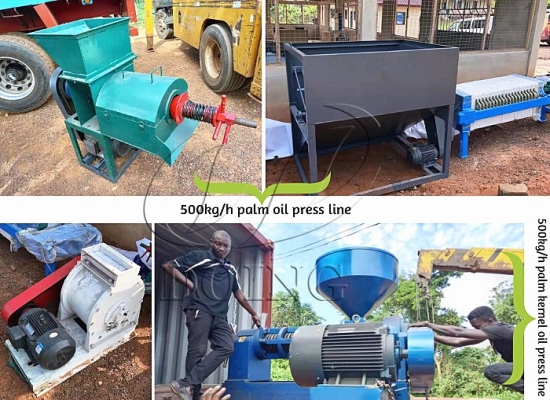
500kg/h palm oil and palm kernel oil processing plant project in Ghana
-
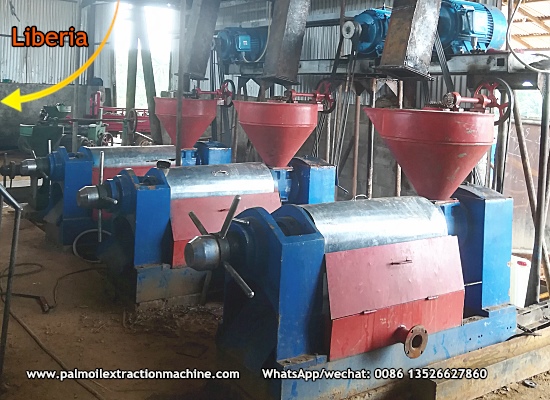
-
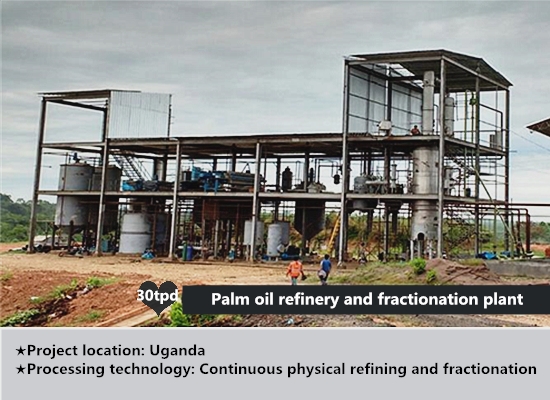
30tpd palm oil refinery and fractionation plant project successfully installed in Uganda
-
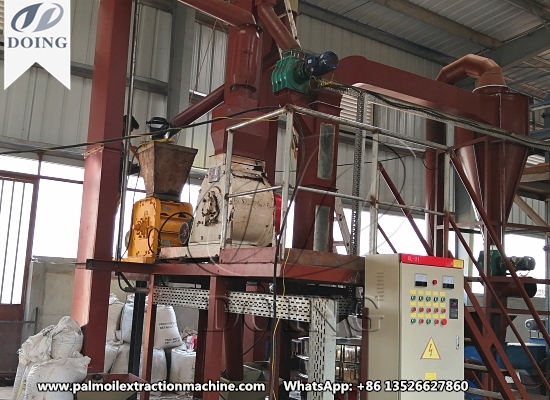
Palm kernel crushing and separating machine project in Sierra Leone




